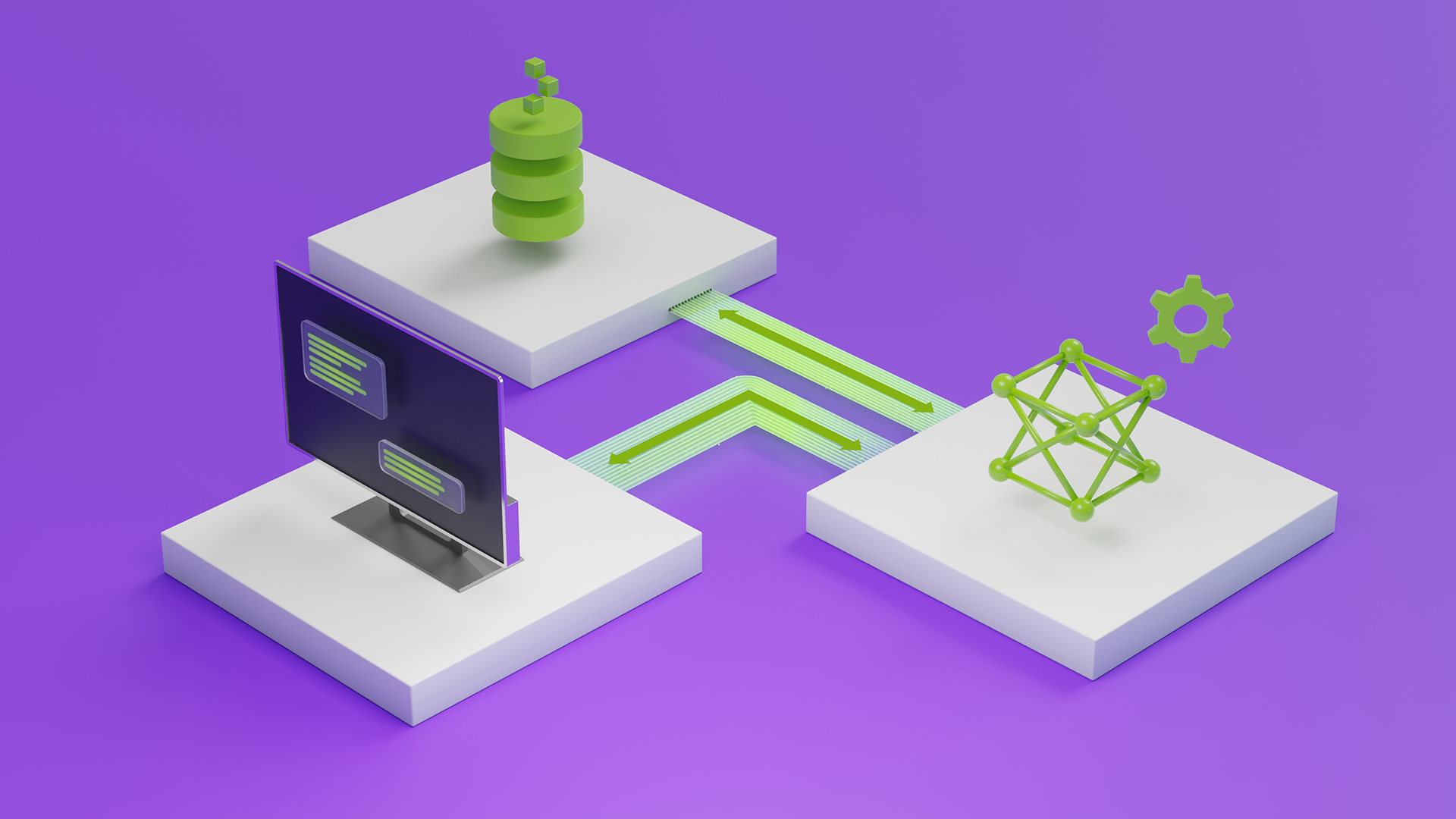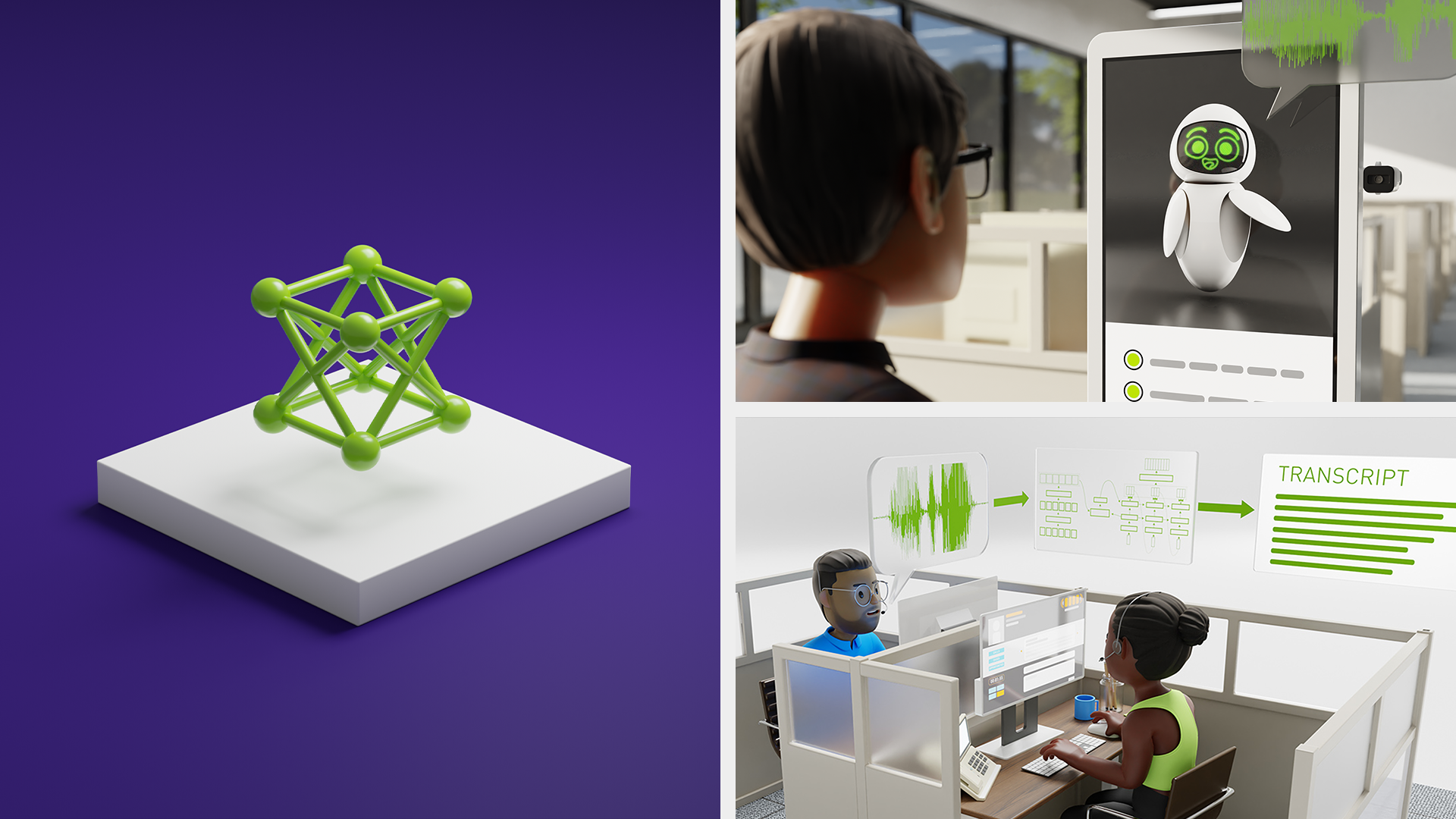Tutorials

April 26, 2024
Perception Model Training for Autonomous Vehicles with Tensor Parallelism

April 26, 2024
New LLM: Snowflake Arctic Model for SQL and Code Generation

April 26, 2024
Enhance Text-to-Image Fine-Tuning with DRaFT+, Now Part of NVIDIA NeMo
News

April 22, 2024
Just Released: NVIDIA Modulus v24.04

April 11, 2024
New Video Series: OpenUSD for Developers

March 19, 2024
Generative AI for Digital Humans and New AI-powered NVIDIA RTX Lighting

March 19, 2024
NVIDIA Speech and Translation AI Models Set Records for Speed and Accuracy
Training



Model Parallelism: Building and Deploying Large Neural Networks
Instructor-Led, Certificate Available
